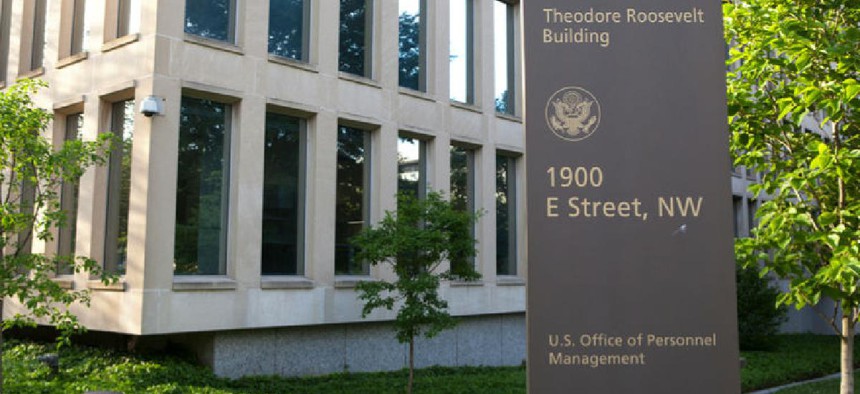OPM grapples with questions about travel reimbursements for remote workers

Officials at the Office of Personnel Management are mulling the potential impacts of an increasingly dispersed federal workforce. One is the question of who foots the bill for remote workers occasionally required to come back to the office.

Government human resources leaders are planning for the transition out of the pandemic and reviewing policies to facilitate a hybrid workforce long term.
Already, the locality pay system has been raised as a policy area potentially in need of new laws or regulations.
The pay scheme for many government employees is based on the General Schedule. A percentage rate increase supplements the base pay of many feds based on their office location as part of a system called locality pay.
Workers who don’t come into the office regularly are classified as remote workers, as opposed to teleworkers, who come into the office at least twice a pay period.
Remote workers’ official “duty station” is their home or telework center. For teleworkers, it’s the location of the agency’s physical offices. An employee’s duty station determines their locality pay.
In addition to locality pay, an increasingly dispersed workforce is also raising questions about travel rules, said Rob Shriver, the associate director of employee services at the Office of Personnel Management, at a July 13 GovExec event.
The question: who pays the bill when remote workers are required to trek to the agency’s physical office?
The U.S. Patent and Trademark Office had moved to a hybrid model long before the pandemic hit. In March 2020, about 88% of the agency’s workforce was teleworking anywhere from one to five days a week, said Danette Campbell, director of the agency’s Telework Program Office.
A key best practice learned at USPTO is to sometimes bring remote workers to a central location, depending on business needs, she said.
“Certainly not bringing them back simply for the sake of having them all come to one place, but making sure that when they do come back there’s an opportunity for extended collaboration, for training, for networking events,” she said. “Again, we have been operating in this environment for many years now and have deployed this model.”
Campbell did not mention any cost restraints that have arisen from this practice, but Shriver said that concerns have been raised to OPM and the General Services Administration about travel rules and remote workers.
Currently, OPM teleworking guidance states that for workers whose official worksite is their telework location, trips to the main worksite qualify as “official business” subject to travel reimbursement requirements.
If remote workers located outside the locality pay area of their office are required to come in by the agency, the agency must pay the travel costs, Shriver said.
OPM has been hosting working group sessions with stakeholders from in and out of government, including agency chief human capital officers, he said.
“Some agencies have raised that as an obstacle to them approving more workers for remote work because of the budgetary impact,” he said. “Of course, you can see the other side of that story as well - is it fair to put [employees] on the hook for those travel costs? It’s tough, because maybe that’s a benefit of being a remote worker, is that you get to work from your home, but a cost is [that] on the rare opportunities they need to bring you in, you’ve got to cover that.”
Shriver didn’t say what, if any, action OPM will take in terms of travel costs or locality pay.
“The pay system was not designed for this world where you may have a significantly higher number of people working remotely than was happening prior to the pandemic, but it does accommodate that,” he said. “The bottom line is that the policy is there to support remote workers, but there may be some obstacles and disincentives. We are taking a look at that and working with stakeholders to see if there should be some changes.”



